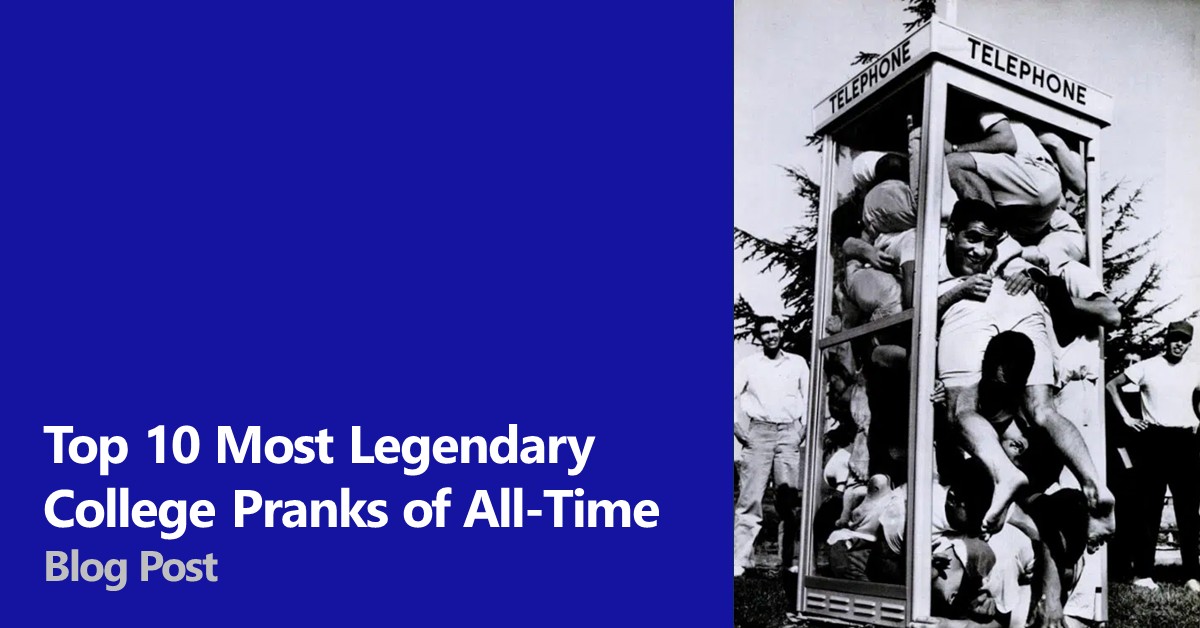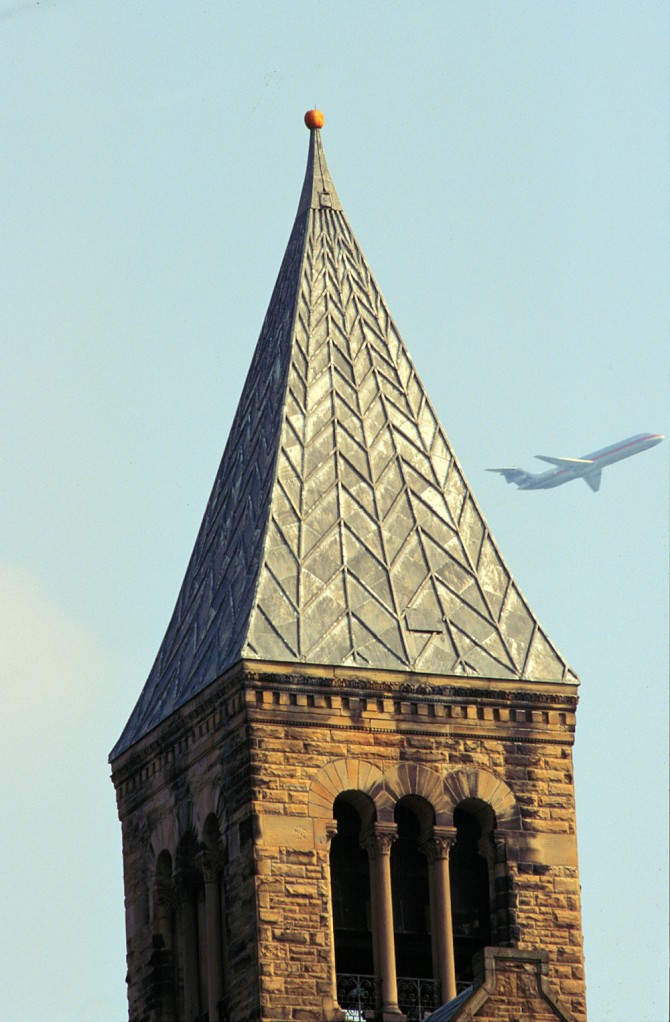Top 10 Most Legendary College Pranks of All-Time for April Fools’ Day
At NEC Laboratories America, we’re all about pushing the boundaries of technology, solving complex problems, and unlocking new frontiers in computer science, AI, and networking. But every once in a while, we like to zoom out from the data—and spotlight innovation of a different kind.
That’s right, we’re talking about the highest form of applied intelligence:
The Great College Prank.
It takes planning. It takes engineering. Sometimes, it takes moving a police car without being noticed. These pranks are legendary not just for their humor, but for the sheer brilliance behind them. As researchers, we can’t help but admire the stealth logistics, real-time coordination, and sometimes shockingly accurate physics models that went into making them happen.
So, to honor the spirit of invention this April Fools’ Day, here are our picks for the Top 10 Most Legendary College Pranks of All-Time.
🥇 1. MIT’s Police Car on the Great Dome (1994)
🔗 Massachusetts Institute of Technology
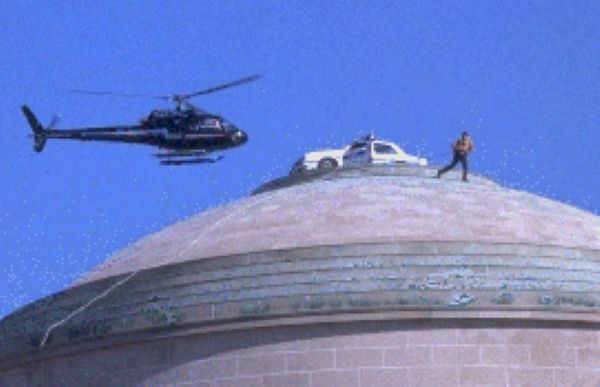 In 1994, students at MIT executed what is arguably the most technically impressive April Fools’ prank in college history: they placed a full-scale replica of a Cambridge Police cruiser—complete with a dummy officer, flashing lights, and even fake donuts—on top of the university’s iconic Great Dome.
In 1994, students at MIT executed what is arguably the most technically impressive April Fools’ prank in college history: they placed a full-scale replica of a Cambridge Police cruiser—complete with a dummy officer, flashing lights, and even fake donuts—on top of the university’s iconic Great Dome.
Let’s be clear: this wasn’t just funny—it was structurally sound. Rumor has it they ran force-distribution calculations to avoid damaging the dome. If there were ever a prank worthy of a peer-reviewed paper, this would be it.
🥈 2. Caltech Hacks the Rose Bowl (1961)
🔗 California Institute of Technology
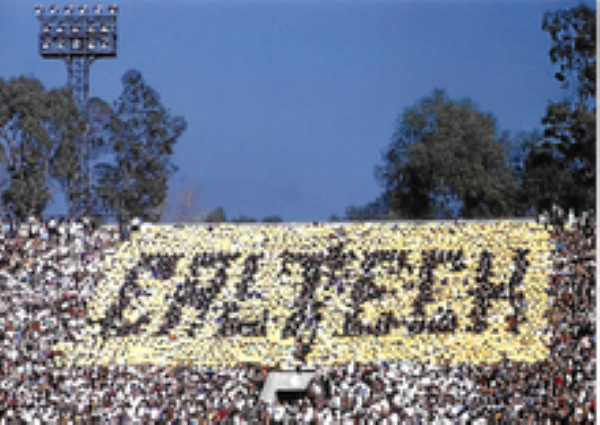 Leave it to Caltech to rewrite the code—in the middle of a football stadium.
Leave it to Caltech to rewrite the code—in the middle of a football stadium.
During the 1961 Rose Bowl halftime show, Caltech students covertly reprogrammed the card-flipping instructions handed to Washington fans. The fans unknowingly spelled out “CALTECH” during the show, confusing 100,000 people in the stadium and millions more on TV.
Social engineering + programming + flawless execution = research-level trolling.
🥉 3. Harvard-Yale Prank (2004)
🔗 Harvard University | 🔗 Yale University
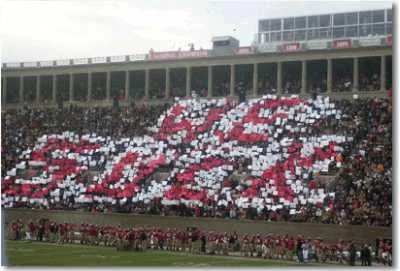 At the 2004 Harvard-Yale football game, a team of Yale students posed as members of Harvard’s “pep squad” and passed out red and white placards to Harvard fans, encouraging them to hold them up during a photo-op.
At the 2004 Harvard-Yale football game, a team of Yale students posed as members of Harvard’s “pep squad” and passed out red and white placards to Harvard fans, encouraging them to hold them up during a photo-op.
What did the cards spell when revealed?
“WE SUCK.”
Brutal. Beautiful. Savage symmetry.
This prank required perfect planning and social manipulation, not to mention solid typography. Here at NEC Labs America, we respect a good interface—and this one was crowd-sourced.
4. Cambridge’s Austin 7 on the Senate House Roof (1958)
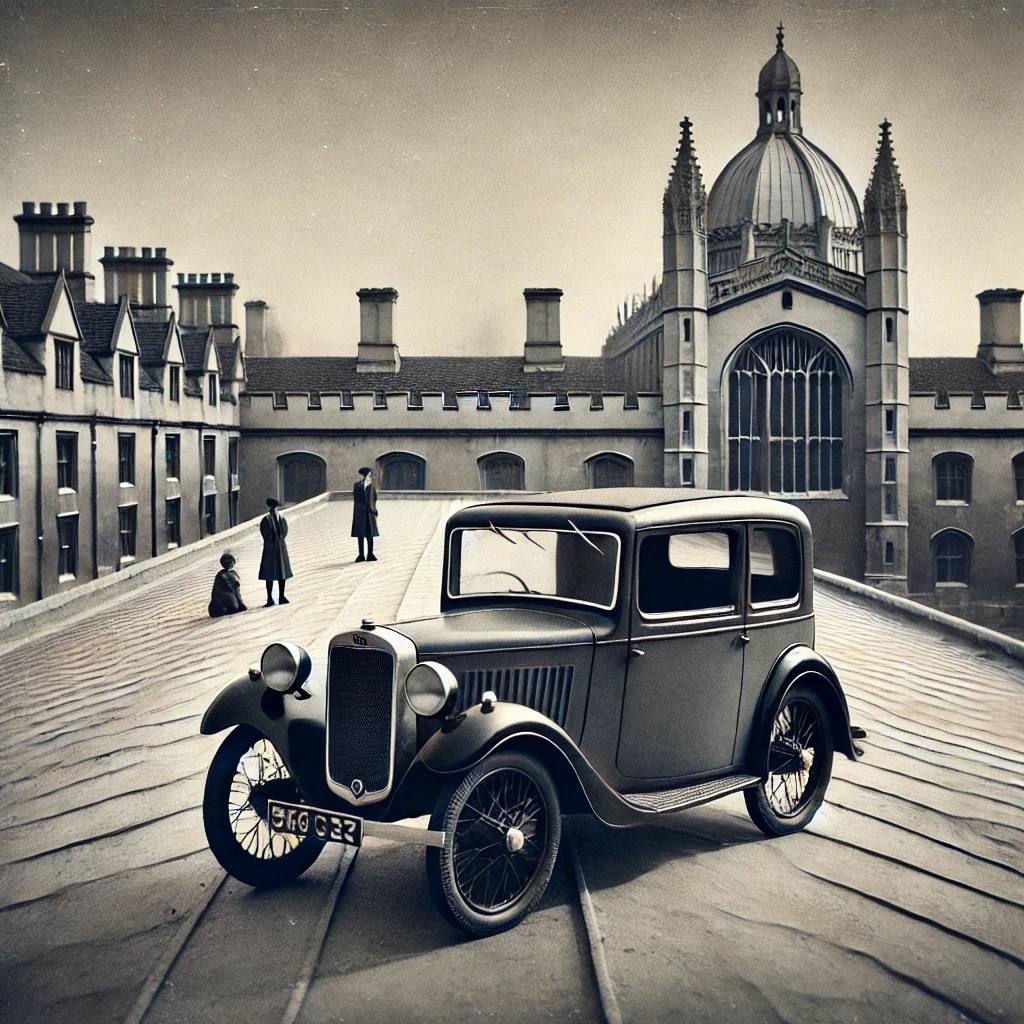 In 1958, engineering students at Cambridge managed to place a vintage Austin 7 car on the roof of the Senate House. This required significant planning, engineering calculations, and some very quiet crane work. Officials never figured out how it was done—only that it had been done very well.
In 1958, engineering students at Cambridge managed to place a vintage Austin 7 car on the roof of the Senate House. This required significant planning, engineering calculations, and some very quiet crane work. Officials never figured out how it was done—only that it had been done very well.
It’s still considered one of the UK’s most legendary student feats. Somewhere, there’s a hand-drawn structural load chart behind this prank, and we want to see it.
5. University of Wisconsin’s Pink Flamingos (1979)
🔗 University of Wisconsin–Madison
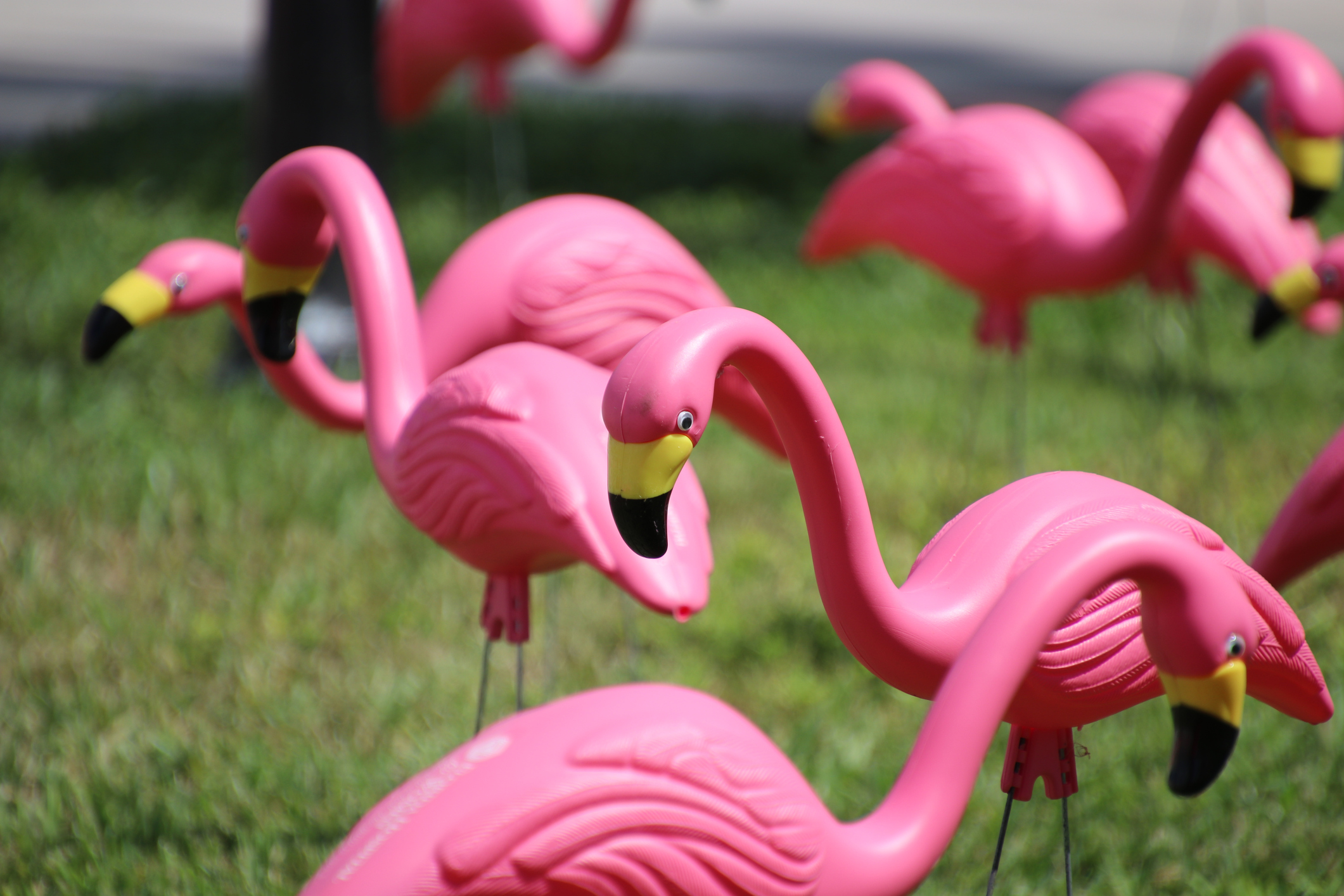 In 1979, the satirical Pail & Shovel Party at UW–Madison covered Bascom Hill with 1,008 pink plastic flamingos, transforming the campus lawn into a surreal suburban fever dream.
In 1979, the satirical Pail & Shovel Party at UW–Madison covered Bascom Hill with 1,008 pink plastic flamingos, transforming the campus lawn into a surreal suburban fever dream.
The prank was a mix of whimsy and political satire. It became such a local legend that Madison later named the flamingo its official city bird. At NEC Labs America, we consider this a bold early example of mass data visualization. (Sort of.)
6. MIT’s Tetris Building (2012)
🔗 Massachusetts Institute of Technology
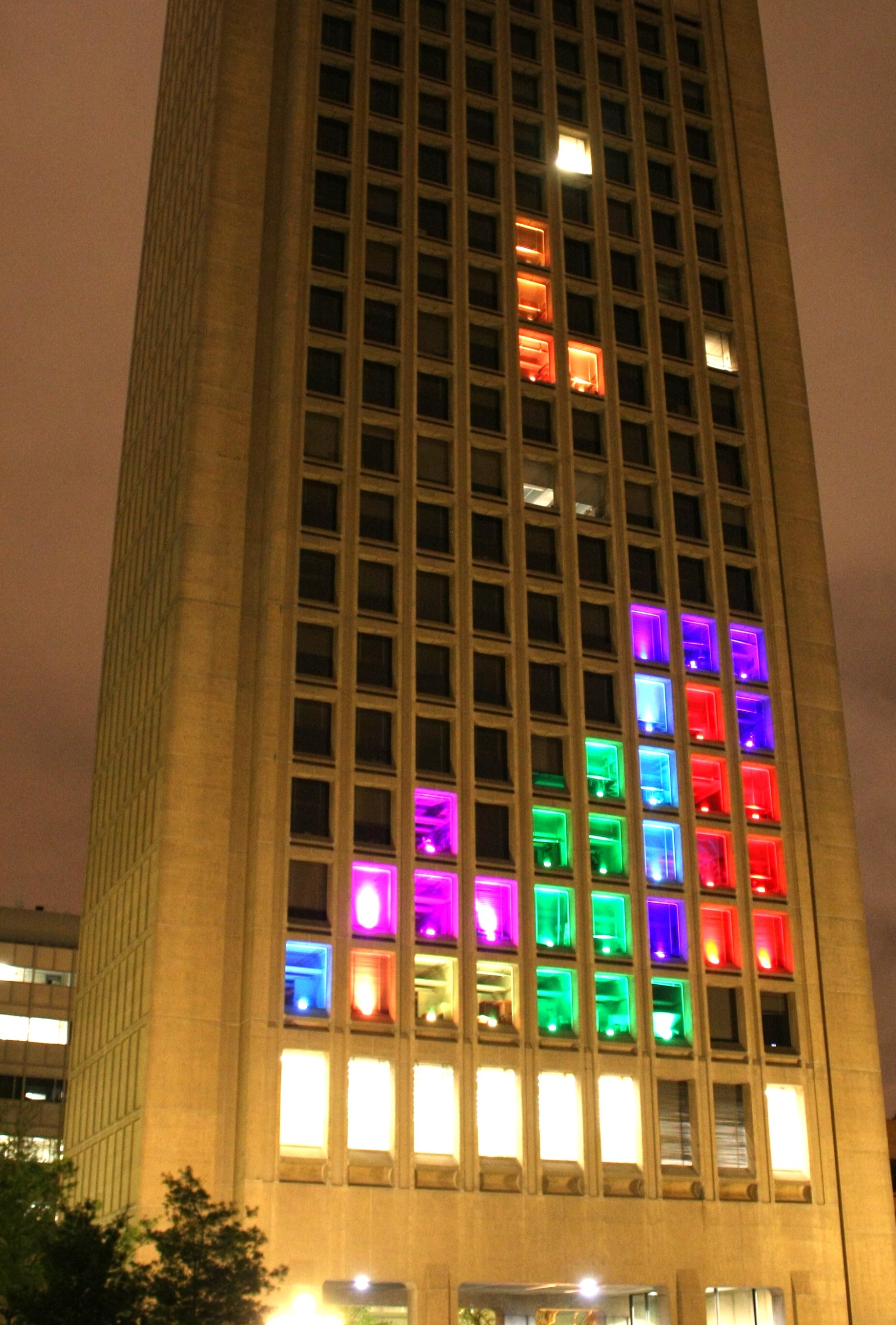 In 2012, a group of MIT students pulled off what many called the “Holy Grail of MIT Hacks.” Using the towering Green Building as their canvas, they transformed its grid of windows into a fully playable Tetris game, complete with color-changing LED lights.
In 2012, a group of MIT students pulled off what many called the “Holy Grail of MIT Hacks.” Using the towering Green Building as their canvas, they transformed its grid of windows into a fully playable Tetris game, complete with color-changing LED lights.
But this wasn’t just a light show—it was interactive. Passersby could control the falling tetrominoes in real time, watching them glide down the face of the tallest building on campus.
The project combined custom electronics, wireless networking, and some seriously stealthy overnight work. It was part prank, part art installation, and entirely jaw-dropping. The students behind it even released a full write-up explaining how they pulled it off—from building the LED matrix to coding the game mechanics.
For a few unforgettable nights, MIT’s skyline became an 8-bit playground—and yes, we read the project write-up. Twice.
7. Princeton Cannon Hoax (1969)
🔗 Princeton University | Rutgers University
In 1969, Princeton students pulled off the infamous “Cannon Heist” prank. Under cover of night, they dug around the campus’s “Big Cannon” and piled dirt over it, making it look like it had been stolen. An anonymous caller posing as a Rutgers student alerted the campus radio station, sparking campus-wide panic and media coverage. Even security and local press believed Rutgers had taken the cannon. Later, the pranksters revealed the truth in front of ABC cameras, brushing away the dirt to show the cannon was never moved.
This clever hoax was part of the long-running “Cannon War” between Princeton and Rutgers — a tradition of rivalry and pranks that continues to this day.
8. Cornell’s Pumpkin on McGraw Tower (1997)
In the fall of 1997, Cornell students pulled off one of the most legendary campus pranks ever: they somehow placed a pumpkin on top of the 173-foot McGraw Tower spire. No one saw it happen, no one took credit, and for weeks, the entire university was left scratching their heads.
Even more bizarre—it didn’t fall or rot. The pumpkin held its place through wind and weather, drawing national media attention and becoming an instant campus obsession.
The best part? Cornell scientists couldn’t resist. They ran material tests, launched a helium balloon to get a closer look, and debated whether the pumpkin had been preserved, painted, or was even real.
When it finally came down after five months, tests confirmed it: the pumpkin was real—just impressively intact. The mystery of how it got up there remains unsolved, but the dedication to studying it? That’s some serious Ivy League follow-through.
9. Georgia Tech’s Ramblin’ Wreck Kidnapping (Multiple Times)
🔗 Georgia Institute of Technology
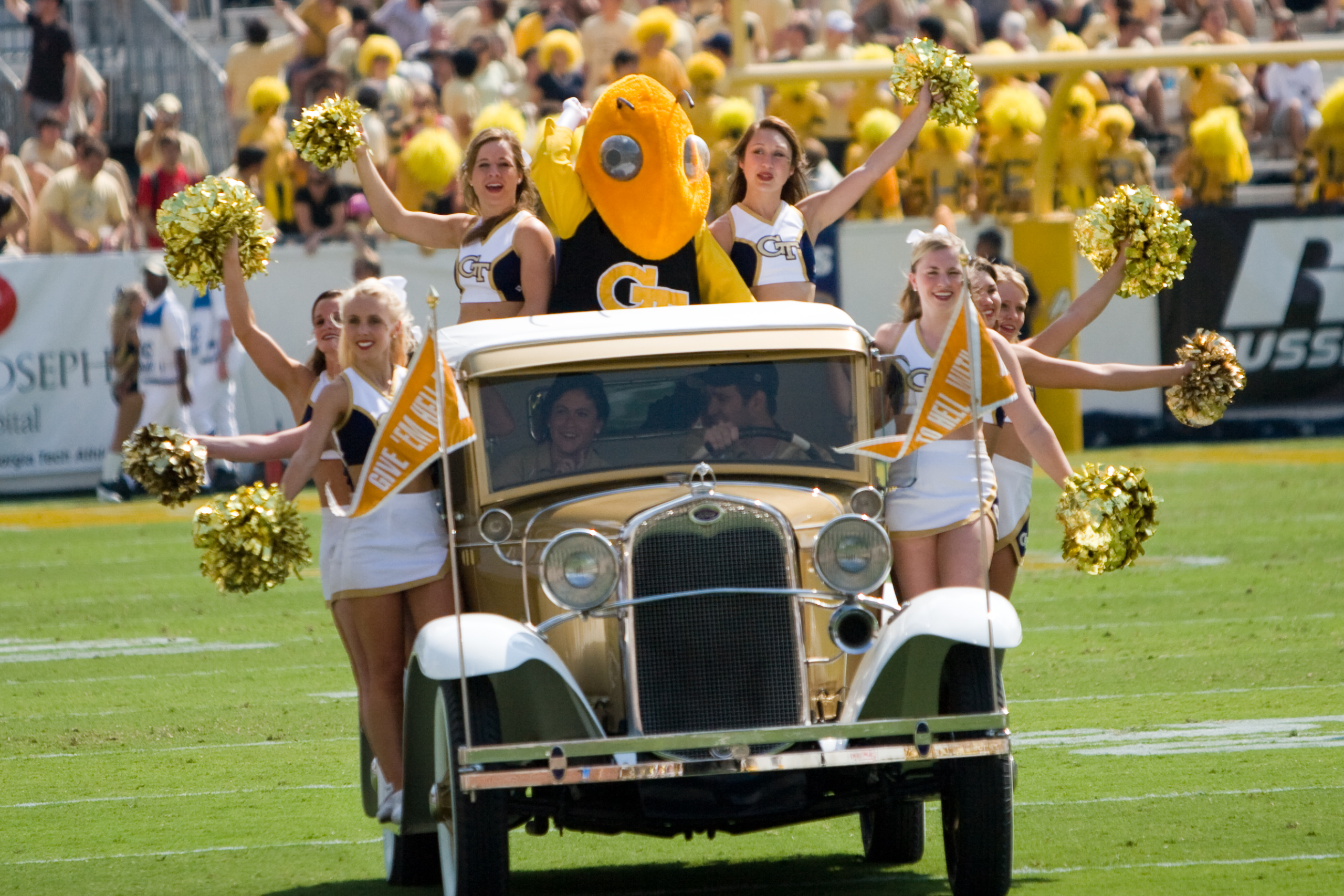 Georgia Tech’s beloved 1930 Ford Model A, known as the Ramblin’ Wreck, has been the target of multiple “heists” over the years—sometimes by Tech students, sometimes by rival schools.
Georgia Tech’s beloved 1930 Ford Model A, known as the Ramblin’ Wreck, has been the target of multiple “heists” over the years—sometimes by Tech students, sometimes by rival schools.
The car is such a prized symbol that its prank-theft has become a recurring legend. At NEC Labs America, we consider this a distributed denial of vehicle service.
Photo by Max Shirley from Atlanta, USA
10. University of Michigan’s “Diag Squirrel Liberation Army” (1980s)
 In the 1980s, strange flyers began appearing across the University of Michigan campus. They were signed by the “Diag Squirrel Liberation Army” and demanded freedom for squirrels allegedly oppressed by the university’s administration.
In the 1980s, strange flyers began appearing across the University of Michigan campus. They were signed by the “Diag Squirrel Liberation Army” and demanded freedom for squirrels allegedly oppressed by the university’s administration.
What started as a prank evolved into an entire guerrilla campaign of flyers, performances, and squirrel-themed satire. It’s still fondly remembered today. At NEC Labs America, we call this an early example of AI-powered campus disinformation… if the A stood for Acorn.
Final Thoughts
Great pranks are about more than just laughs—they’re exercises in ingenuity, stealth, logistics, and creativity. They challenge the rules, test the limits of what’s possible, and remind us that brilliance sometimes looks like a plastic flamingo or a police car on a dome. Our mission is disruptive innovation and we applaud all of you: hackers, engineers, artists, and tricksters for creating a little bit of disruptive creativity.
Happy April Fools’ Day from all of us at NEC Laboratories America!

